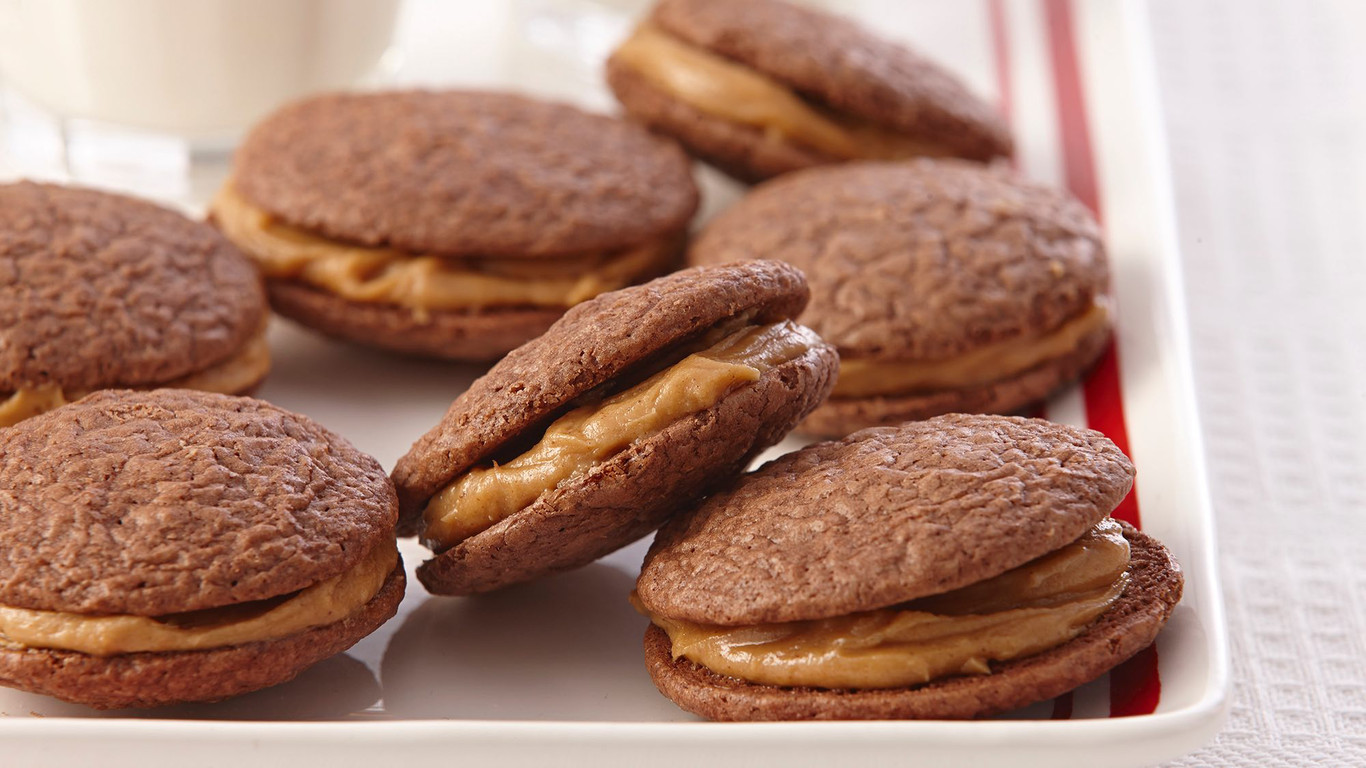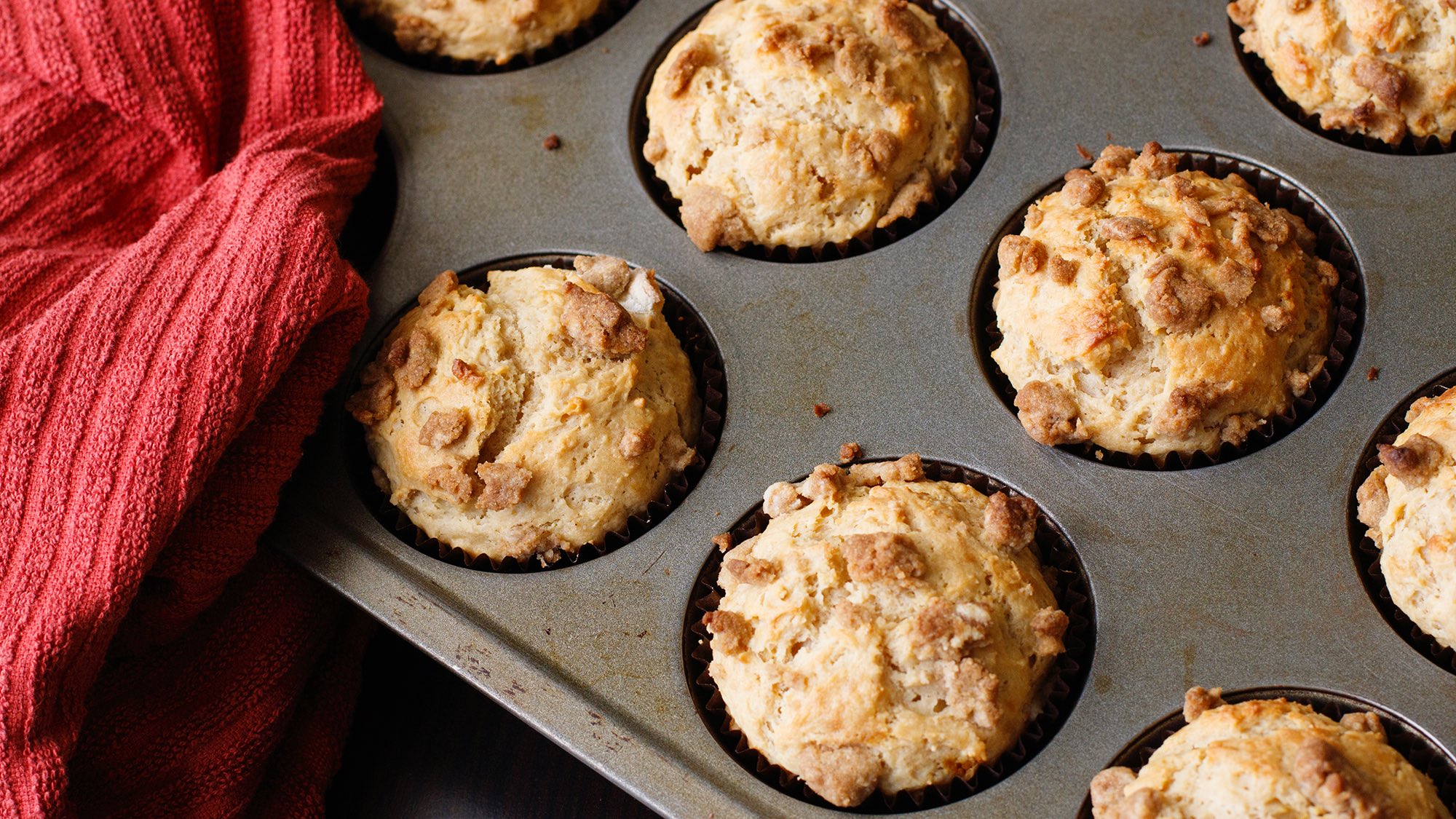Baking more? Here are our top tips for measuring dry and liquid ingredients—no scale required!
Doing a lot of stress baking these days? Or trying to plan a special treat for a loved one while staying at home? Incorrect measurements can really screw up your baked goods, so you want to be as accurate as possible. Using a kitchen scale to weigh ingredients is the best way to be precise, but we don't do this at EatingWell because many of our readers don't own them and we want everyone to be able to make our recipes. So, we always get out both liquid and dry measures in the Test Kitchen.
Sure, a cup is a cup, whether it's liquid or dry, but each is specically designed to make the job easier. Liquid measures are (thankfully) made with extra room at the rim to prevent spills when measuring ingredients like milk or broth. Dry measures, on the other hand, are meant to be leveled off with a knife so they hold just the right amount of an ingredient like our or sugar. Here's how to get the most precise measure:
How to measure dry ingredients
With flour, use the spoon-and-level method: Take a spoon and lightly scoop the our from its container into the measuring cup. (There's no need to stir the flour first.) Then use a knife to level the flour with the top of the cup. Avoid dipping the measuring cup directly into the container—a common mistake. The flour could get packed into the cup and result in extra flour being added to the recipe, potentially yielding tough, dense baked goods.
Granulated and confectioners' sugar should also be spooned into the measuring cup first, before being leveled off. (Unless the recipe calls for the confectioners' sugar to be "packed.")
Brown sugar is an exception to the spoon-and-level rule. In this case, you do want it to be firmly packed into the measuring cup—by pressing it with your hand or a spoon—prior to leveling it.
Photo: McCormick
How to measure liquid ingredients
Though it is tempting to just pour the liquid into your glass measuring cup and eyeball it midair, don't. Place the measuring cup on a level surface and, once you've poured in the liquid, check the amount by looking at it from eye level, not above.
This article was written by Breana Killeen from EatingWell and was legally licensed through the NewsCred publisher network. Please direct all licensing questions to legal@newscred.com.







